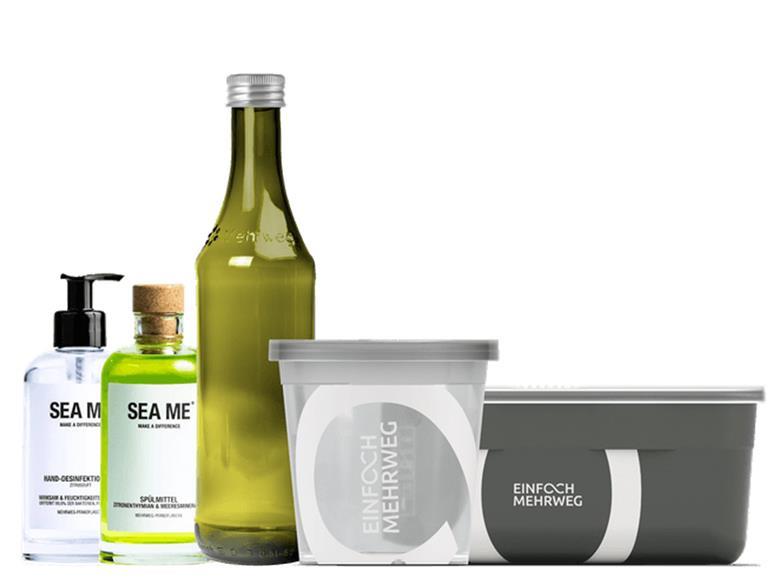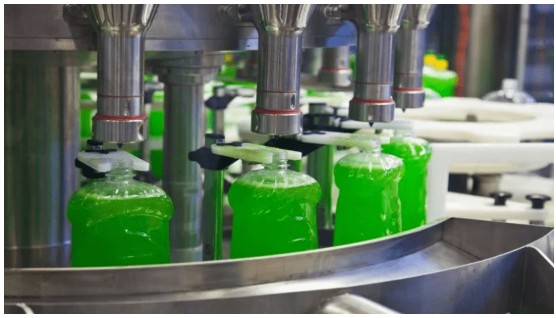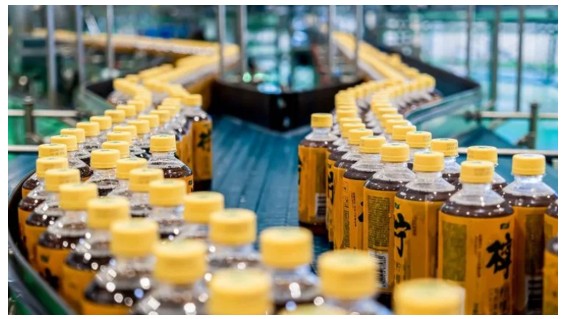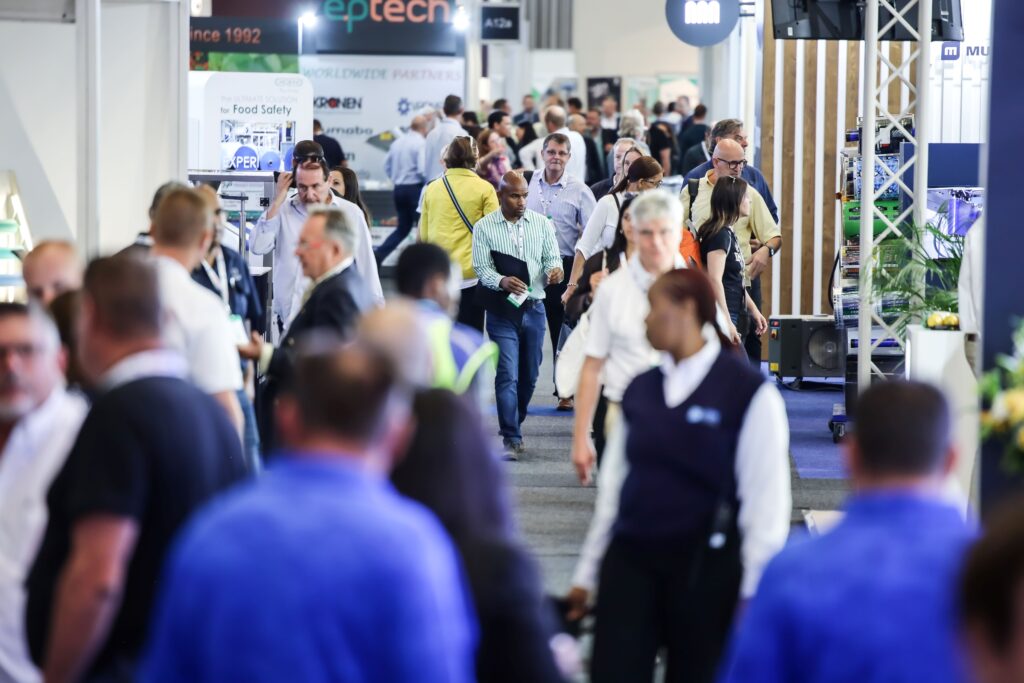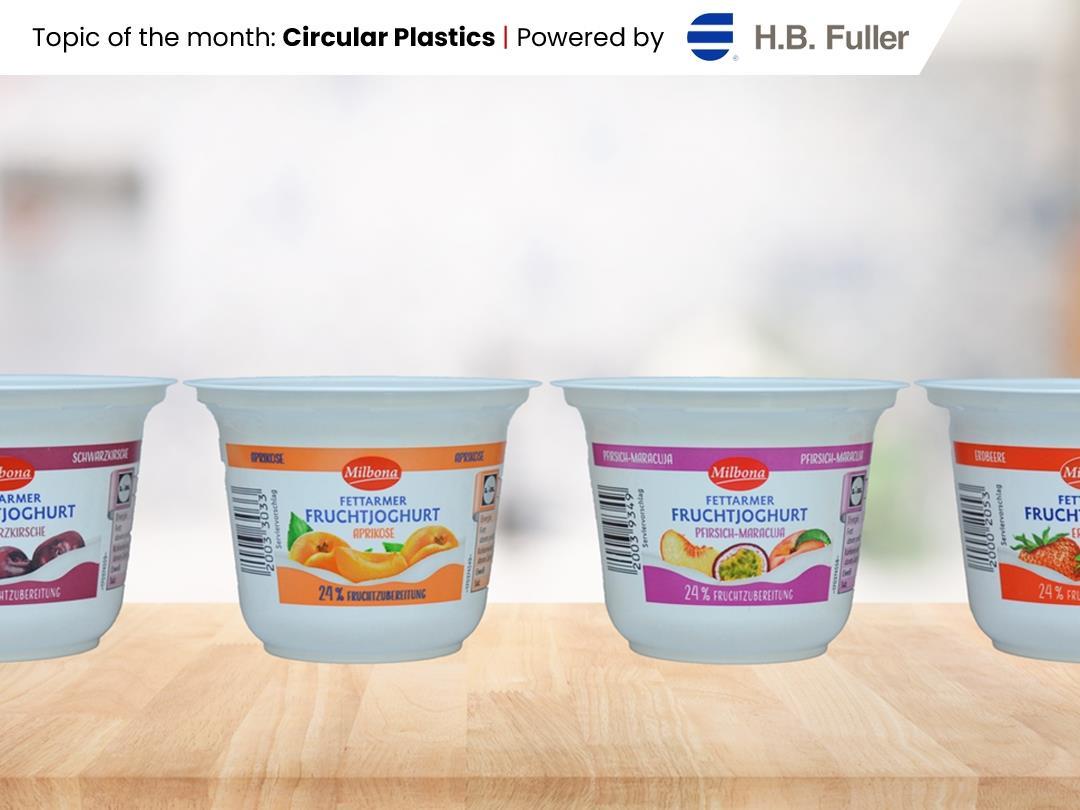If the packaging industry wants to make reusable packaging systems more mainstream and widely used, boosting efficiency is key. One company aiming to facilitate this is Sykell, whose ‘Circular ERP’ product has been designed to revolutionise how companies manage and judge the performance of reuse projects. We spoke with the company’s co-founder, Michael Kappler, to learn more.
I think it’d be good to start with some context: What is Sykell’s Circular ERP?
The CIRCULAR ERP offers an Operating System to companies in the circular economy to efficiently manage their inventories of reusable assets. Sykell has developed a reusable packaging system that enables retailers and partners in the food, beverage, cosmetic and drugstore sectors to shift from disposable to reusable packaging and towards a circular economy.
In addition to the primary functionalities of an ERP solution, including clearing and deposit processing, CIRCULAR ERP also unlocks synergies within return logistics and washing.
How does it work in practice? Please take us through each step of the process.
The CIRCULAR ERP accompanies an asset from production, through usage, washing and deposit clearing to the end of life. All operationally relevant product components are rounded off by comprehensive analysis tools and data processing to create detailed LCAs and sustainability reports.
1. Production & Procurement Whether straight from production or supplied by a producer, the system enables quick, effortless creation or import of all essential asset information.
2. Assets & Inventory Maintaining complete visibility over the asset portfolio. The system enhances the capacity for precise demand planning and forecasting.
3. Orders & Logistics Tackling the increasing complexity of order management and logistics optimization as user’s systems expand. The CIRCULAR ERP automates all these processes so users can focus on their operations.
4. Clearing & Deposits The system is engineered to provide unparalleled transparency in handling intricate deposit setups across various partners within the clearing process. Tracking all deposit operations down to the individual asset or by quantity.
5. Financials & Analytics Generating comprehensive financial reports and maintaining audit-ready data and usage history with ease. The dashboard provides a quick overview of crucial KPIs, ensuring users are always informed in their daily operations.
6. Sustainability & LCA Creating sustainability reports based on real-time insights and using them as starter or additional data for life cycle assessments (LCA).
You’ve already collaborated on three use-case projects: Please could you tell us more about some of these?
In addition to the advantages such as efficiency and transparency for the system partners, we also support service providers along the sometimes individual cycles to connect to the CIRCULAR ERP (e.g. via API) and providing all system partners in real-time the tracking status, clearing information and updates about the asset conditions.
Using the CIRCULAR ERP solution, Sykell successfully operates its own reusable system with more than 2 million reusable assets all over Germany: EINFACH MEHRWEG. The reusable packaging system, which has been awarded the Blauer Engel (Blue Angel) ecolabel, has been embraced by consumers thanks to its ease of use and convenient returns via reverse vending machines, which makes returning used containers and cups as easy as returning deposit bottles.
Sykell has a nationwide network (ca. 7.500) of EINFACH MEHRWEG system partners, including major food retailers, petrol stations and restaurants. The asset portfolio includes different containers for take-away food and pre-packaged foods as well as various cups for hot and cold drinks.
Zerooo is a reusable system for cosmetics and drugstores. Parallel to the successful piloting of care and cleaning products under its own SEA ME brand in the reusable deposit system, SEA ME GmbH began in 2021 to set up the infrastructure for the return, cleaning and refilling of the specially developed reusable containers.
From January 2024 reusable containers from the zerooo system will be available in more than 900 stores and the empties can be returned. With new, innovative reusable packaging solutions, more retail partners, more product categories and more sustainable brands in the system, SEA ME GmbH is expanding the reusable system as a transparent, resource-saving and low-emission alternative to the standard disposable system.
What is the carbon impact of these projects, and how is this calculated?
The carbon impact of the CIRCULAR ERP can be calculated based on various factors, because the software facilitates other companies to implement, manage, and operate their reusable assets efficiently. Primarily, the CIRCULAR ERP enables the reduction in single-use packaging through external companies, which indirectly leads to a decrease in waste generation and directly contributes to carbon emissions reduction.
This is assessed by comparing the carbon footprint of single-use packaging, including production, transportation and disposal with that of reusable packaging over its lifecycle, including production, transportation, return logistics, washing and disposal. Moreover, the efficiency gains in logistics and transportation, enabled by streamlining processes through the CIRCULAR ERP, result in reduced fuel consumption and emissions.
By optimizing routes for return logistics and minimizing empty trips, the carbon impact of transportation is mitigated. Integrating more projects and reusable packaging into the CIRCULAR ERP besides our own reusable system EINFACH MEHRWEG like zerooo and dotch, enhances operational efficiency and reduces the environmental footprint of their products. As mentioned above, the carbon footprint and impact of the reusable packaging are calculated by conducting a comparative life cycle assessment (LCA).
Ideally, the LCA is conducted according to the ISO 14040/ISO 14044 standard to ensure standardized and accurate results. (Additionally, the results of a comparative LCA are subject to third-party verification. It is also possible to conduct a simplified LCA not following those standards, but transparent communication of the calculation method is essential.)
To understand the carbon impact of the reusable packaging, it is necessary to select a single-use alternative utilized in the same use case, as well as a number of reuses or uses of the packaging to create a realistic comparison of the life cycle stages.
A comparative life cycle assessment and its third-party verification are in execution for all EINFACH MEHRWEG products according to the LCA Standard ISO 14040/ISO 14044. The life cycle impacts for all EINFACH MEHRWEG products, as well as its single-use alternatives, are calculated, such as climate change, water consumption, and material consumption.
The results show the emissions, water, and waste saved when reusing an EINFACH MEHRWEG packaging 50 times compared to the usage of 50 single-use packaging. Additionally, the break-even point is calculated for each impact category to determine the number of circulations and reuses required for an EINFACH MEHRWEG packaging to outperform single-use packaging across various impact categories, thereby resulting in a lower environmental impact.
In terms of the whole value chain, as well as legislators and regulators, what can be done to make reusable packaging systems more widespread?
We see different efforts on the part of national legislation and the EU to decide on the right framework for the use of reusables. Unfortunately, this currently mostly fails due to different interests and measures taken by the disposable lobby. But the implementation or obligation to offer reusable products does not necessarily mean a visible change.
In Germany, for example, the urgently needed control measures have been lacking since the obligation to offer was introduced on January 1, 2023. Unfortunately, this is usually due to the fact that no authority simply feels responsible or that authorities are understaffed.
In addition to the legal framework, the success of reusable reusables is, above all, acceptance, both externally and internally. Externally means the consumer, who must be convinced in particular by a high level of convenience and quality.
From simply borrowing hygienically perfect containers to adequate deposit amounts and return options suitable for everyday use, for example the approach of cross-system and cross-location returns (“return anywhere”).
At the same time, internal acceptance also plays a major role. This refers to all employees who are involved in the cycle or who have direct customer contact as ambassadors for reusables. Here too, processes must be designed to be simple. This is the only way to actively offer the customer a reusable alternative.
Source:
https://packagingeurope.com/comment/moving-the-needle-on-reuseable-packaging
